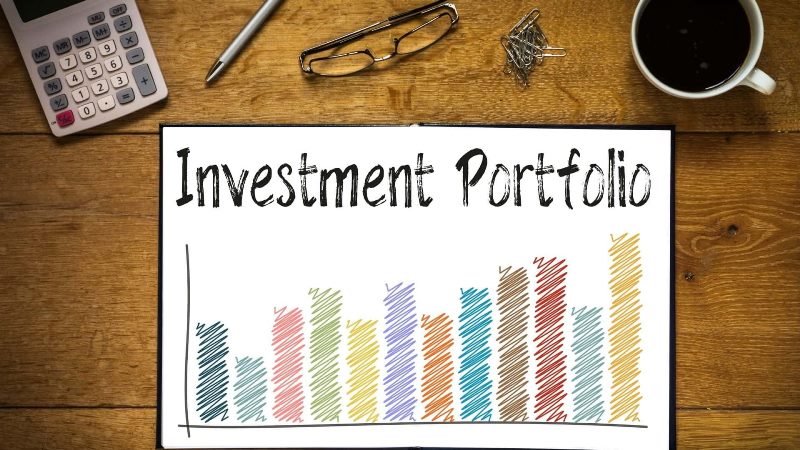Creating a Financial Plan for a Happy Retirement

Planning for a happy retirement is a crucial step in ensuring financial security and peace of mind during your golden years. A well-thought-out financial plan can help you achieve your retirement goals and maintain a comfortable lifestyle. In this guide, we will discuss the key steps and considerations involved in creating a comprehensive financial plan for a happy retirement. Define your retirement goals Before diving into the details of your financial plan, take some time to envision your ideal retirement. Consider factors such as the age at which you would like to retire, the lifestyle you wish to maintain, and any specific goals or dreams you have for this phase of life. This step will serve as the foundation for your financial planning process. Assess your current financial situation Evaluate your existing financial standing by analyzing your income, expenses, assets, and debts. Calculate your net worth and determine your current savings rate. Review your investment port





